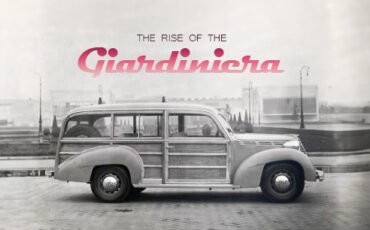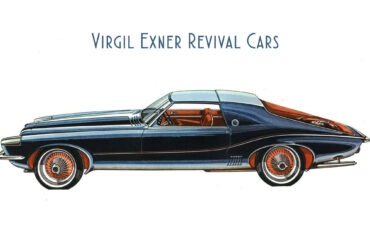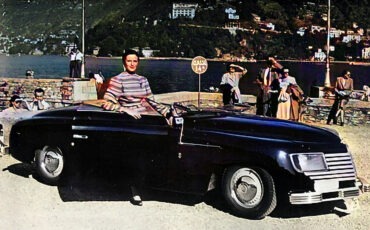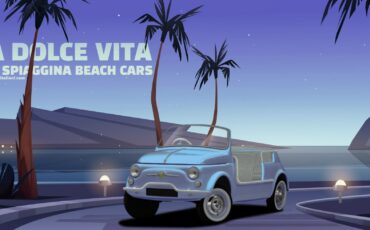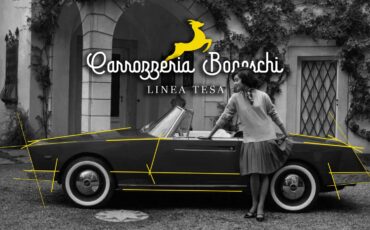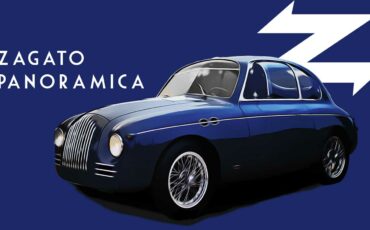The Rise of the Giardiniera: From Utility Vehicle to Trendsetter
The early 1900s marked the birth of a new automotive concept: the station wagon. Originating in the United States around 1910, independent builders crafted wooden bodies for the chassis of Ford Model T cars. Initially conceived as commercial versions of sedan cars tailored for the working class, they were often referred to as carryalls, denoting their ability to carry a multitude of goods thanks to their spacious cargo compartments compared to traditional torpedo bodies.

